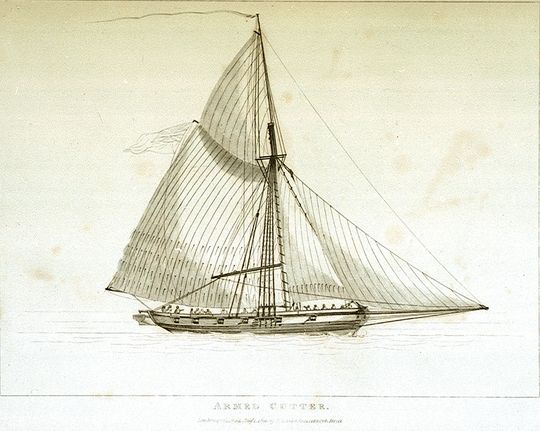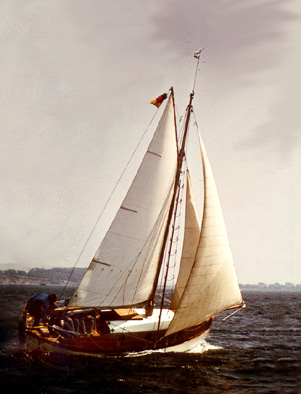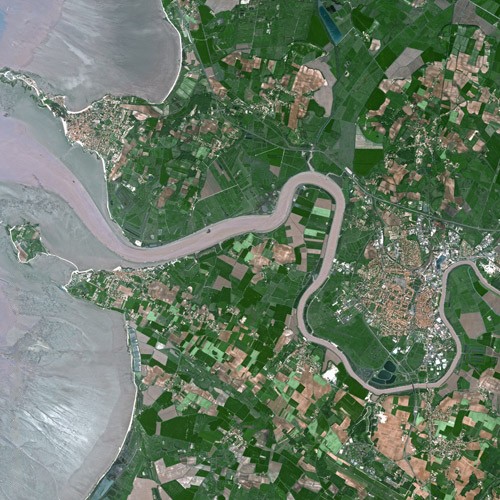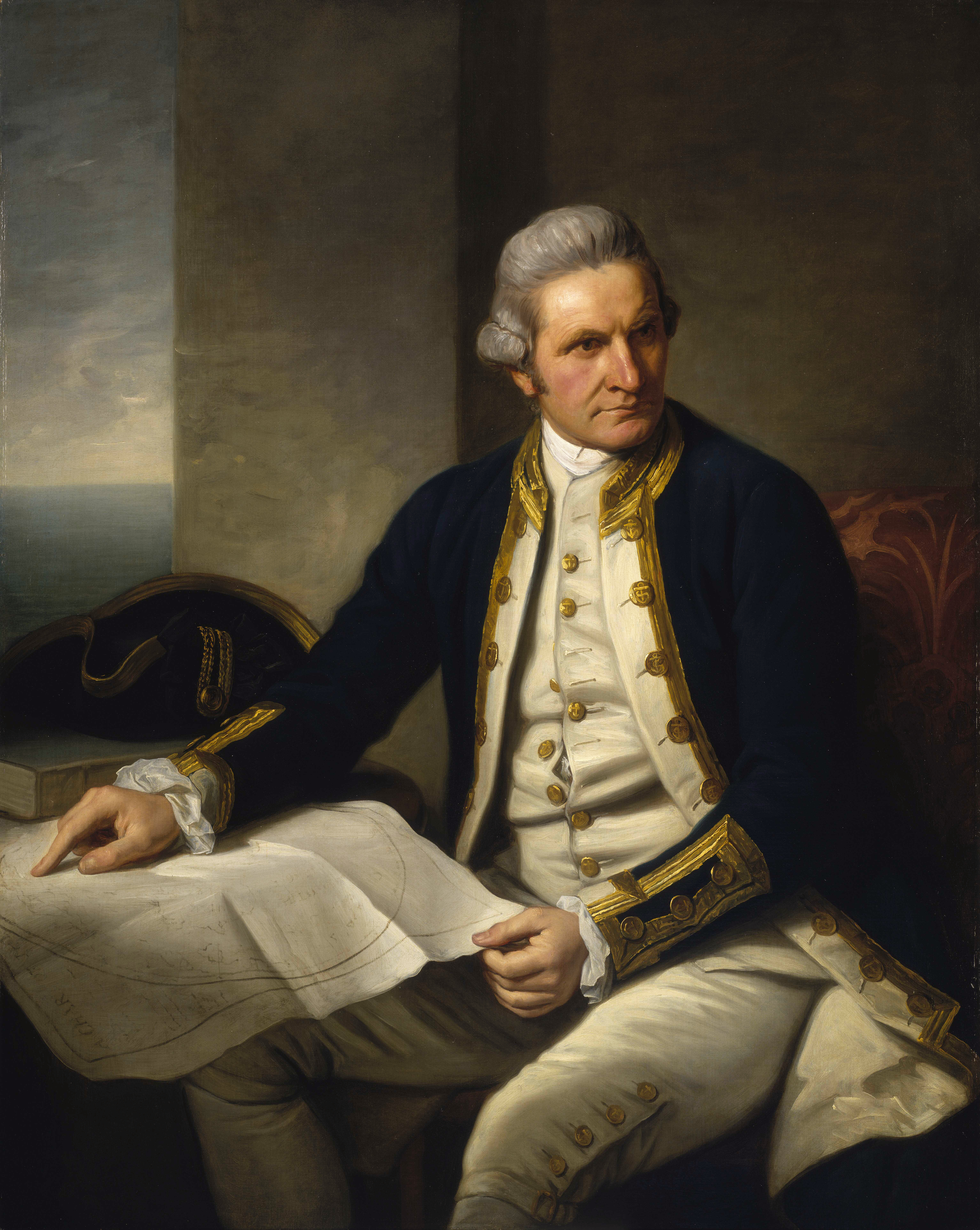|
HMS Nile (1806)
The British Royal Navy purchased HMS ''Nile'' on 3 November 1806. She was the hired armed cutter ''Nile''. After a brief, undistinguished career, the Navy sold her in 1810 only to have to break her up in 1811. Career Between 15 November 1806 and 13 January 1807 ''Nile'' was at Portsmouth undergoing repairs. Lieutenant James Lloyd had commissioned her in November 1806.Winfield (2008), pp.370-1. On 12 February was wrecked off the Île de Ré, near Rochefort Rochefort () may refer to: Places France * Rochefort, Charente-Maritime, in the Charente-Maritime department ** Arsenal de Rochefort, a former naval base and dockyard * Rochefort, Savoie in the Savoie department * Rochefort-du-Gard, in the Ga .... She had been cruising to watch enemy vessels in Rochefort when she hit the Grande Blanche rock. Despite attempts to lighten her that included cutting away her masts, she continued to founder. At daybreak three British vessels approached and took off the crew, enduring f ... [...More Info...] [...Related Items...] OR: [Wikipedia] [Google] [Baidu] |
Naval Ensign Of The United Kingdom
The White Ensign, at one time called the St George's Ensign due to the simultaneous existence of a cross-less version of the flag, is an ensign worn on British Royal Navy ships and shore establishments. It consists of a red St George's Cross on a white field, identical to the flag of England except with the Union Flag in the upper canton. The White Ensign is also worn by yachts of members of the Royal Yacht Squadron and by ships of Trinity House escorting the reigning monarch. In addition to the United Kingdom, several other nations have variants of the White Ensign with their own national flags in the canton, with the St George's Cross sometimes being replaced by a naval badge omitting the cross altogether. Yachts of the Royal Irish Yacht Club wear a white ensign with an Irish tricolour in the first quadrant and defaced by the crowned harp from the Heraldic Badge of Ireland. The Flag of the British Antarctic Territory and the Commissioners' flag of the Northern Lig ... [...More Info...] [...Related Items...] OR: [Wikipedia] [Google] [Baidu] |
Battle Of The Nile
The Battle of the Nile (also known as the Battle of Aboukir Bay; french: Bataille d'Aboukir) was a major naval battle fought between the British Royal Navy and the Navy of the French Republic at Aboukir Bay on the Mediterranean coast off the Nile Delta of Egypt from the 1st to the 3rd of August 1798. The battle was the climax of a naval campaign that had raged across the Mediterranean during the previous three months, as a large French convoy sailed from Toulon to Alexandria carrying an expeditionary force under General Napoleon Bonaparte. The British fleet was led in the battle by Rear-Admiral Sir Horatio Nelson; they decisively defeated the French under Vice-Admiral François-Paul Brueys d'Aigalliers. Bonaparte sought to invade Egypt as the first step in a campaign against British India, as part of a greater effort to drive Britain out of the French Revolutionary Wars. As Bonaparte's fleet crossed the Mediterranean, it was pursued by a British force under Nelson who had ... [...More Info...] [...Related Items...] OR: [Wikipedia] [Google] [Baidu] |
Builder's Old Measurement
Builder's Old Measurement (BOM, bm, OM, and o.m.) is the method used in England from approximately 1650 to 1849 for calculating the cargo capacity of a ship. It is a volumetric measurement of cubic capacity. It estimated the tonnage of a ship based on length and maximum beam. It is expressed in "tons burden" ( en-em , burthen , enm , byrthen ), and abbreviated "tons bm". The formula is: : \text = \frac where: * ''Length'' is the length, in feet, from the stem to the sternpost; * '' Beam'' is the maximum beam, in feet. The Builder's Old Measurement formula remained in effect until the advent of steam propulsion. Steamships required a different method of estimating tonnage, because the ratio of length to beam was larger and a significant volume of internal space was used for boilers and machinery. In 1849, the Moorsom System was created in the United Kingdom. The Moorsom system calculates the cargo-carrying capacity in cubic feet, another method of volumetric measurem ... [...More Info...] [...Related Items...] OR: [Wikipedia] [Google] [Baidu] |
Carronade
A carronade is a short, smoothbore, cast-iron cannon which was used by the Royal Navy. It was first produced by the Carron Company, an ironworks in Falkirk, Scotland, and was used from the mid-18th century to the mid-19th century. Its main function was to serve as a powerful, short-range, anti-ship and anti-crew weapon. The technology behind the carronade was greater dimensional precision, with the shot fitting more closely in the barrel thus transmitting more of the propellant charge's energy to the projectile, allowing a lighter gun using less gunpowder to be effective. Carronades were initially found to be very successful, but they eventually disappeared as naval artillery advanced, with the introduction of rifling and consequent change in the shape of the projectile, exploding shells replacing solid shot, and naval engagements being fought at longer ranges. History The carronade was designed as a short-range naval weapon with a low muzzle velocity for merchant ships, ... [...More Info...] [...Related Items...] OR: [Wikipedia] [Google] [Baidu] |
Royal Navy
The Royal Navy (RN) is the United Kingdom's naval warfare force. Although warships were used by Kingdom of England, English and Kingdom of Scotland, Scottish kings from the early medieval period, the first major maritime engagements were fought in the Hundred Years' War against Kingdom of France, France. The modern Royal Navy traces its origins to the early 16th century; the oldest of the British Armed Forces, UK's armed services, it is consequently known as the Senior Service. From the middle decades of the 17th century, and through the 18th century, the Royal Navy vied with the Dutch Navy and later with the French Navy for maritime supremacy. From the mid 18th century, it was the world's most powerful navy until the World War II, Second World War. The Royal Navy played a key part in establishing and defending the British Empire, and four Imperial fortress colonies and a string of imperial bases and coaling stations secured the Royal Navy's ability to assert naval superiority ... [...More Info...] [...Related Items...] OR: [Wikipedia] [Google] [Baidu] |
Hired Armed Vessels
During the eighteenth and nineteenth centuries the Royal Navy made use of a considerable number of hired armed vessels. These were generally smaller vessels, often cutters and luggers, that the Navy used for duties ranging from carrying and passengers to convoy escort, particularly in British coastal waters, and reconnaissance.Winfield (2008), p.387. Doctrine The Navy Board usually hired the vessel complete with master and crew rather than bareboat. Contracts were for a specified time or on an open-ended monthly hire basis. During periods of peace, such as the period between the Treaty of Amiens and the commencement of the Napoleonic Wars, the Admiralty returned the vessels to their owners, only to rehire many on the outbreak of war. The Admiralty provided a regular naval officer, usually a lieutenant for the small vessels, to be the commander. The civilian master then served as the sailing master. For purposes of prize money or salvage, hired armed vessels received the sa ... [...More Info...] [...Related Items...] OR: [Wikipedia] [Google] [Baidu] |
Cutter (ship)
A cutter is a type of watercraft. The term has several meanings. It can apply to the rig (or sailplan) of a sailing vessel (but with regional differences in definition), to a governmental enforcement agency vessel (such as a coast guard or border force cutter), to a type of ship's boat which can be used under sail or oars, or, historically, to a type of fast-sailing vessel introduced in the 18th century, some of which were used as small warships. As a sailing rig, a cutter is a single-masted boat, with two or more headsails. On the eastern side of the Atlantic, the two headsails on a single mast is the fullest extent of the modern definition. In U.S. waters, a greater level of complexity applies, with the placement of the mast and the rigging details of the bowsprit taken into account so a boat with two headsails may be classed as a sloop. Government agencies use the term "cutter" for vessels employed in patrolling their territorial waters and other enforcement activities. ... [...More Info...] [...Related Items...] OR: [Wikipedia] [Google] [Baidu] |
Hired Armed Cutter Nile
During the French Revolutionary and Napoleonic Wars, the British Royal Navy employed at least two cutters designated His Majesty's hired armed cutter ''Nile''. First hired armed cutter ''Nile'' The first hired armed cutter ''Nile'' was of 136 tons (burthen). She carried ten 12-pounder carronades and two 6-pounder bow guns. Her contract ran from 29 March 1799 to 21 November 1801. From at least May her commander was Lieutenant George Argles. On 17 November, Captain Sir Richard Strachan in chased a French convoy in to the Morbihan where it sheltered under the protection of shore batteries and the 20-gun corvette ''Réolaise''. Lieutenant Argles skillful maneuvered ''Nile'', as the first British vessel up, and kept the corvette from the north shore. was then able to force the corvette onto the shore at Port Navale, though she got off again. The hired armed cutter '' Suworow'' then towed in four boats with Lieutenant Hennah of and a cutting-out party of seamen and marines. ''N ... [...More Info...] [...Related Items...] OR: [Wikipedia] [Google] [Baidu] |
Île De Ré
Île de Ré (; variously spelled Rhé or Rhéa; Poitevin: ''ile de Rét''; en, Isle of Ré, ) is an island off the Atlantic coast of France near La Rochelle, Charente-Maritime, on the northern side of the Pertuis d'Antioche strait. Its highest point has an elevation of . It is long and wide. The Île de Ré bridge, completed in 1988, connects it to La Rochelle on the mainland. Administration Administratively, the island is part of the Charente-Maritime department, Nouvelle-Aquitaine (before 2015: Poitou-Charentes). The island is also a part of the Charente-Maritime's 1st constituency. Located in the arrondissement of La Rochelle, Île de Ré includes two cantons: Saint-Martin-de-Ré eastwards and Ars-en-Ré westwards. The island is divided into 10 communes, from East to West: Rivedoux-Plage, La Flotte, Sainte-Marie-de-Ré, Saint-Martin-de-Ré, Le Bois-Plage-en-Ré, La Couarde-sur-Mer, Loix, Ars-en-Ré, Saint-Clément-des-Baleines, Les Portes-en-Ré. Histor ... [...More Info...] [...Related Items...] OR: [Wikipedia] [Google] [Baidu] |
Rochefort, Charente-Maritime
Rochefort ( oc, Ròchafòrt), unofficially Rochefort-sur-Mer (; oc, Ròchafòrt de Mar, link=no) for disambiguation, is a city and commune in Southwestern France, a port on the Charente estuary. It is a subprefecture of the Charente-Maritime department, located in the administrative region of Nouvelle-Aquitaine (before 2015: Poitou-Charentes). In 2018, it had a population of 23,583. Geography Rochefort lies on the river Charente, close to its outflow into the Atlantic Ocean. It is about 30 km southeast of La Rochelle. Rochefort station has rail connections to La Rochelle, Nantes and Bordeaux. History In December 1665, Rochefort was chosen by Jean-Baptiste Colbert as a place of "refuge, defence and supply" for the French Navy. The Arsenal de Rochefort served as a naval base and dockyard until it closed in 1926. In September 1757, Rochefort was the target of an ambitious British raid during the Seven Years' War. Another infrastructure of early Rochefort from 1766 w ... [...More Info...] [...Related Items...] OR: [Wikipedia] [Google] [Baidu] |
John Jervis, 1st Earl Of St Vincent
Admiral of the Fleet John Jervis, 1st Earl of St Vincent (9 January 1735 – 13 March 1823) was an admiral in the Royal Navy and Member of Parliament in the United Kingdom. Jervis served throughout the latter half of the 18th century and into the 19th, and was an active commander during the Seven Years' War, American War of Independence, French Revolutionary War and the Napoleonic Wars. He is best known for his victory at the 1797 Battle of Cape Saint Vincent, from which he earned his titles, and as a patron of Horatio Nelson. Despite having a fierce reputation for discipline his crews had great affection for him, calling him Old Jarvie. Jervis was also recognised by both political and military contemporaries as a fine administrator and naval reformer. As Commander-in-chief of the Mediterranean, between 1795 and 1799 he introduced a series of severe standing orders to avert mutiny. He applied those orders to both seamen and officers alike, a policy that made him a controve ... [...More Info...] [...Related Items...] OR: [Wikipedia] [Google] [Baidu] |
National Maritime Museum
The National Maritime Museum (NMM) is a maritime museum in Greenwich, London. It is part of Royal Museums Greenwich, a network of museums in the Maritime Greenwich World Heritage Site. Like other publicly funded national museums in the United Kingdom, it has no general admission charge; there are admission charges for most side-gallery temporary exhibitions, usually supplemented by many loaned works from other museums. Creation and official opening The museum was created by the National Maritime Museum Act 1934 under a Board of Trustees, appointed by HM Treasury. It is based on the generous donations of Sir James Caird (1864–1954). King George VI formally opened the museum on 27 April 1937 when his daughter Princess Elizabeth accompanied him for the journey along the Thames from London. The first director was Sir Geoffrey Callender. Collection Since the earliest times Greenwich has had associations with the sea and navigation. It was a landing place for the Romans, He ... [...More Info...] [...Related Items...] OR: [Wikipedia] [Google] [Baidu] |







